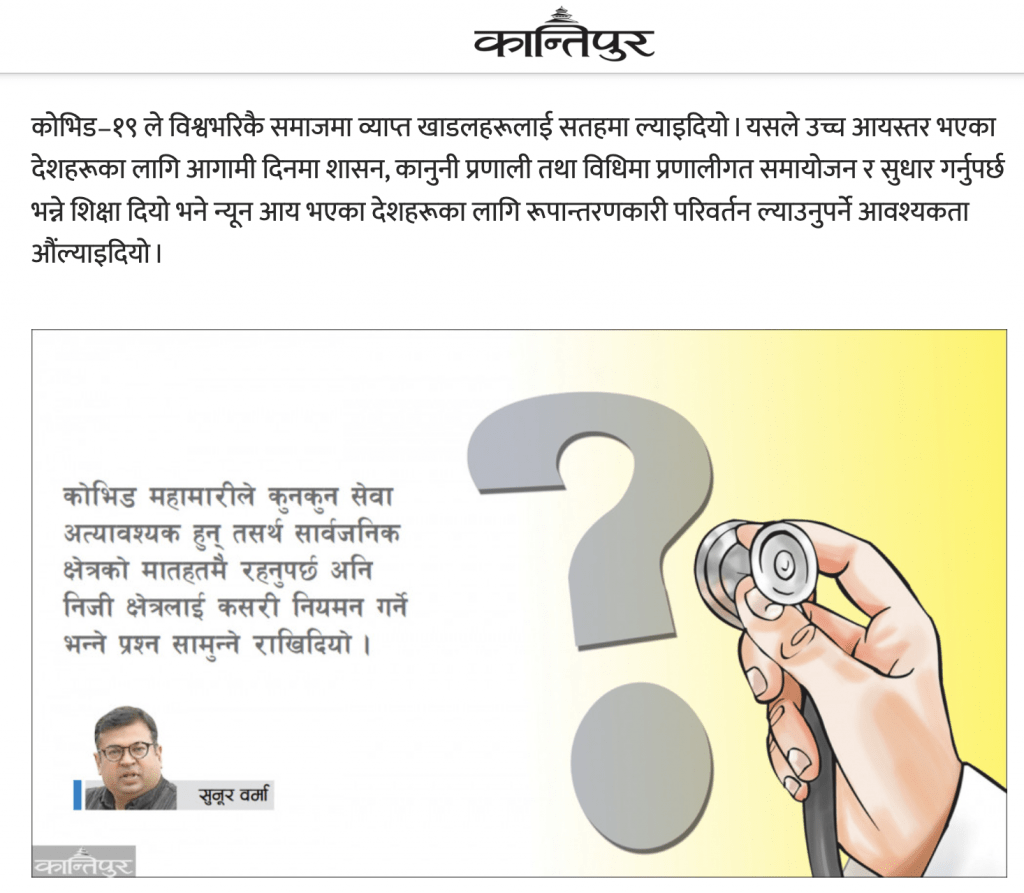
A call to active lifestyle by Singapore health authorities.
How can a small island nation with a multi-ethnic and multilingual citizenry and four official languages become a global champion in health communication? The answer is to use scientific evidence effectively, to be proactive in responding to evolving trends, to employ many communication channels, and to tailor messages to diverse audiences. And the country with this extraordinary feat will be 58 on August 9, 2023. It’s #Singapore!
Singapore’s demographics are rapidly shifting, posing significant challenges for the country’s health systems. The population is ageing, with the median age anticipated to reach 49 by 2030, as is the proportion of people suffering from chronic diseases. While many chronic diseases can be avoided or delayed, they are expensive to treat when they do develop. Singapore has a higher suicide rate than many other countries, and mental illness is stigmatized. Similarly, the prevalence of obesity rates in Singapore is rising, especially among children and adolescents. And Singapore is addressing all these head-on.
During my visits to Singapore, I can’t help but see behaviour change signals everywhere, some subtle and some direct. Singapore’s health authorities appear to be working on a war footing to confront emerging health concerns by investing in exceptional health communication.
As a strategy and leadership communication professional, I consider Singapore’s approach to be an accurate implementation of “Health is a Human Right” and “Health in All Policies.”
When I decipher Singapore’s magical public health communication formula, I discover the following precious principles:
One, Audience: Understanding your audience is essential to any public health communication strategy. Who are you targeting? What are their concerns? What drives them? After knowing your audience, you may personalize your message. However, this requires leaving your cosy offices and connecting with people in their homes or workplaces. Public health authorities must likewise give up the idea that they know what’s best for people.
Two, Relevance: your message should address your audience’s worries. They should care about it and recognize how it affects them. In contrast to Singapore, which determines its agenda with limited foreign intervention, low-income countries frequently follow the priorities of their international donors.
Third, Credibility: your message should be founded on solid evidence and originate from a reliable source. As in Singapore, this is made possible by multi-sectoral collaboration. Four, Engagement: your message should be engaging and thought-provoking to captivate your audience. It should inspire curiosity and action. Five, Simple messaging: Your message should be easy to understand and avoid jargon and technical terminology.
Singapore’s health communication formula also includes using a variety of mediums to engage people, such as print, television, radio, social media, and public events. Use humour and storytelling to connect with your audience. Track your public health communication campaign’s performance to see what works and what doesn’t, as this helps campaigns improve over time.

Collecting feedback from audiences on health messaging is critical to improving campaigns.
Singapore has many public health successes. Singaporeans’ rising Type Two Diabetes rate prompted the 2016 “War on Diabetes” campaign. The 2015 “National Steps Challenge” to promote physical activity saw fivefold participation by 2018. The government has created an extensive initiative to support firms of all sizes in obesity prevention and management, chronic illness management, mental health, and smoking cessation.
Singapore’s health initiatives’ interconnectedness is their beauty. The government works with the urban planning sector to design localities that encourage physical activity; with the transportation sector to promote public transportation and make it easier for people to walk, cycle, and use active modes of transportation; with the education sector to promote health education in schools and create a healthy school environment; and with the workplace sector to encourage healthy workplaces.
By linking its public health programs with other vital sectors, Singapore has created a more holistic approach to health promotion that benefits the entire population.
Understanding that communication is a means to an end is critical to Singapore’s health communication success. Singapore’s health communication programmes are proactive, evidence-based and serve measurable health objectives—infrastructural investments back health campaigns. To give Singaporeans a place to exercise, relax, and mingle this “Planned City” features government-built 59 regional and 271 community parks. They usually have running, cycling, and inline skating paths that link to nearby parks. Parks have many outdoor workout stations. The government also provides healthcare subsidies. This guarantees quality health care for all.
Leadership by example is also a part of Singapore’s health communication strategy. It sends a strong message to the public that healthy living is essential when Singaporean leaders and top civil servants follow what they preach. This encourages better choices. Singapore’s leadership communication strategy frequently includes health and lifestyle messages, demonstrating their importance as a national priority.
What also helps is that Singapore has traditionally had stable governments with enough majority to expedite health-related legislation. The other significant and rare advantages that Singapore enjoys are – one, Singapore has a long history of electing highly educated and trained science political officials, due in part to the country’s emphasis on education and its commitment to developing a knowledge-based economy and two, the presence of an impressive number of self-made female professionals in high-decision making roles. This is recognized to lead to better representation of women’s interests, more diversity of thought, and more decisive leadership.
Why are so few Asian countries able to reproduce the basic recipe for effective health communication a la Singapore? Because corruption, nepotism, or political and bureaucratic greed come in the way.
Singapore’s public health ambassadors are chosen for their health advocacy, not political connections. Singapore’s health promotion platforms are not chosen for personal profit. Similarly, posters and brochures are printed in proportion to audience size instead of commission. Health authorities in many developing Asian nations have piles of obsolete printed material rotting in their warehouses.
Singapore’s performance suggests good governance and low corruption are necessary for effective health communication. Transparency International‘s Corruption Perceptions Index 2022 ranks Singapore fifth least corrupt country out of 180 nations. In 2023, the Chandler Institute of Governance ranked Singapore top in good governance, ahead of Switzerland, Finland, Denmark, Norway, Sweden, the Netherlands, Germany, the UK, and New Zealand.
International development and philanthropic health programmes in low-income countries need to learn from Singapore’s health communication excellence. In the absence of national-level good governance and the presence of high corruption perception among the population, investing in public health communications is bound to yield poor returns.
Donor funding for health communication is highly susceptible to corruption, causing anger over “failed” health promotion efforts and raising questions over donor credibility. So, unless international donor-development agencies want to mainly boost a country’s t-shirt, flex, and poster printing business or provide politicians with a health platform for self-promotion, the funding of health communication portfolios should be carefully reviewed.
Thank you, Singapore. Keep inspiring!
An abridged version of this article appears on page 4 in The Himalayan Times, Nepal, 9th August 2023.
Dr Sunoor Verma is a global health diplomat-practitioner specializing in strategic partnerships, high-level advocacy, and strategic leadership communication. He has supported the work of WHO, UNICEF, UNHCR, UNDP, ECMI and their leaders in building complex coalitions, communicating effectively and devising out-of-the-box solutions in development and humanitarian settings. He has also worked with Boston University, the University of Geneva and Cambridge University on programs that intertwine international relations, global health and conflict resolution.
